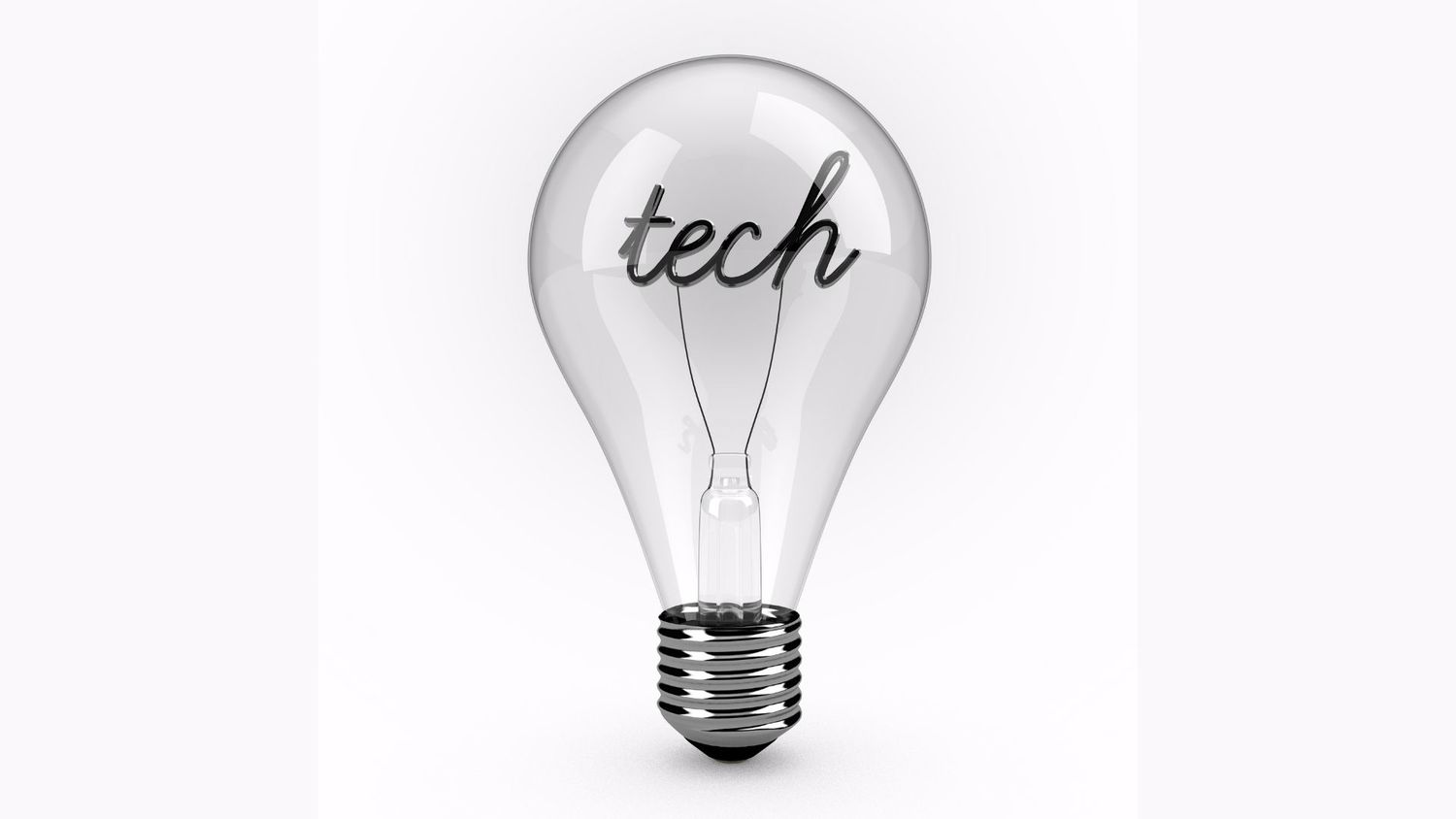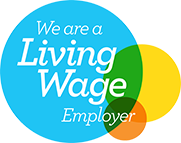

Foundation News
Techies in Residence: Five Cycles On, It’s Time to Reflect
29 Sep 2021
Since its first cycle in 2015 the Techies in Residence Programme (TiR) has built 32 digital products for social impact. This has provided direct benefit to at least 33,000 people affected by challenges including medical conditions, mental ill-health, housing deprivation, social isolation and learning difficulties. Along the way, we’ve supported 32 charities and social enterprises to build digital skills through working in partnership with 22 different tech firms and experts.
After five cycles we thought it was time to take stock and look back on the programme’s achievements, identify areas for improvement and think about our plans for ‘tech for good’ work in future. To support this we commissioned Gauge Impact to conduct an independent evaluation of the programme. Here are some of the report’s key findings.
Innovation
TiR is the only programme of its kind in Northern Ireland that focuses on harnessing technology for social impact. It is one of the very few that supports genuine collaboration between the private sector and the VCSE sector. Many of the projects that have emerged from the process may not have done so through a traditional grants-only approach with a focus on more immediate outputs and outcomes.
“TiR creates the space for creativity and the capacity within the sector to allow this to flourish.”
Public sector interviewee
Diversity
TiR has supported a diverse range of organisations over the five cycles, ranging from small community-based initiatives to large UK-wide organisations. TiR has facilitated the design of digital solutions to address issues relating to mental health, independent living for people with disabilities, money and debt advice, young people’s rights, optimising community assets, bereavement, human rights, integration of ethnic minorities, workplace well-being, living with chronic conditions, homelessness, inter-generational connectivity, digital inclusion for older people and social isolation.
“I wanted to vote the last time, but I was not sure what to do and was a bit nervous. Going through it all on the screen just makes it so much easier to understand and you can experience what you have to do at each point before you vote. So now I will vote for the very first time in my life and I will do it by myself, I feel excited and proud that I will vote just like everyone else in Northern Ireland.”
User of Mencap’s Virtual Reality polling station
Impact
All 32 participating organisations achieved the main programme goal of having a working prototype at the end of the 12 week ‘build’ phase.
TiR was a catalyst for cultural change within organisations towards a greater appreciation of the potential of digital technology and the importance of innovative and robust co-creation and co-production processes. Increased awareness and understanding of digital technology made participant organisations more resilient to shocks such as Covid19.
“Our knowledge and awareness of Tech for Good increased significantly, it (TiR) transformed our mindset towards digital development, I also think it made us more resilient to COVID-19 as we were already doing stuff online through the learning from TiR”
VCSE participant
VCSE staff who worked alongside the techie in product development were upskilled through monitoring and observing the work. For some it created a niche within their organisation, and they now have responsibility for digital service development. “We can now manage content and upload internally as a result of the experience and knowledge that I gained from working with the techie.”
VCSE participant
Techies also gained professional and commercial benefit from participation, highlighting that the TiR approach was much more collaborative than the approach within the private sector, with the techies seen as valued partners.
“We now get contacted by a level of client that wouldn’t have happened before TiR and we’re not daunted by that. It’s helped move us into a ‘different league’”
Techie participant
Value for Money
The high proportion of projects either ‘in active use’ (11) or close to being launched (14), the number of end users being reached through the Tech for Good solutions (circa 33,000), stakeholder impact and the amount of additional funding leveraged (£250k+) to scale up are robust indicators of value for money.
“We have always had an interest in developing technology in the organisation, but we really had no idea of where to start in terms of connecting our service-users to digital supports.”
VCSE participant
Enablers for Success
Access to additional seed funding was highlighted as a critical enabler for progression. It enabled prototypes to be tested and to become live in the guise of websites, chatbots, downloadable apps or virtual reality programmes. The importance of access to additional funding to progress beyond prototype stage was recognised in the 2020/’21 cycle where all participants were granted some seed fund capital.
Access to funding from other philanthropic and statutory agencies leveraged from TiR participation has also been a crucial enabler in scaling up and upgrading the products in response to new and emerging needs.
“I think it’s a really good initiative. Supporting Tech for Good and making these sorts of connections can make a big difference to some of the smaller charities.”
Techie participant
The importance of commitment from the participating organisation’s senior leadership to Tech for Good and having a focal driver for the TiR initiative within the organisation from the senior leadership team was also evident. The most successful organisations in sustaining the impact of TiR have been able to utilise and develop skills among their staff to manage and expand their digital offerings.
“We are in discussions with senior leadership on where our project sits within the grand scheme of our new digital strategy and organisational priorities. I think there is a recognition now that if we want to continue to develop and promote there needs to be a commitment to fully resourcing it.”
VCSE participant
Recommendations
Alongside their findings, the evaluators made a number of recommendations for the future, including:
- The programme should continue
- Make the most of collaboration between TiR and other ‘tech for good’ programmes across the UK/Ireland, especially CAST and the Catalyst Programme and opening up learning opportunities for participating organisations beyond Northern Ireland
- Work with local partners and infrastructure bodies to promote the programme to more rural organisations
- Consider developing a parallel programme – a ‘digital fund’ that could develop the capacity, skills and possibly hardware of the VCSE sector, as well as acting as a feeder programme for TiR
- Explore collaboration with universities and the possibility of student placements to boost digital capacity of the VCSE sector
As an investor in innovation in the sector, there’s always an element of risk with programmes such as TiR and it can take time for the impact to emerge. So we’re delighted the programme has had such clear benefits for participating organisations and the communities they serve. We’re determined to continue this work and to go even further to support the sector, especially in light of the shift to digital that’s been accelerated even further by Covid19.
Watch this space!
We’d like to thank Comic Relief who have provided funding for each of the past three cycles of TiR and our longstanding and excellent delivery partner Innovate-NI who have been involved right from the very start.
If you would like to read the full evaluation report, you can download it here.
More information and case studies can be found in our website’s Techies in Residence section here.






